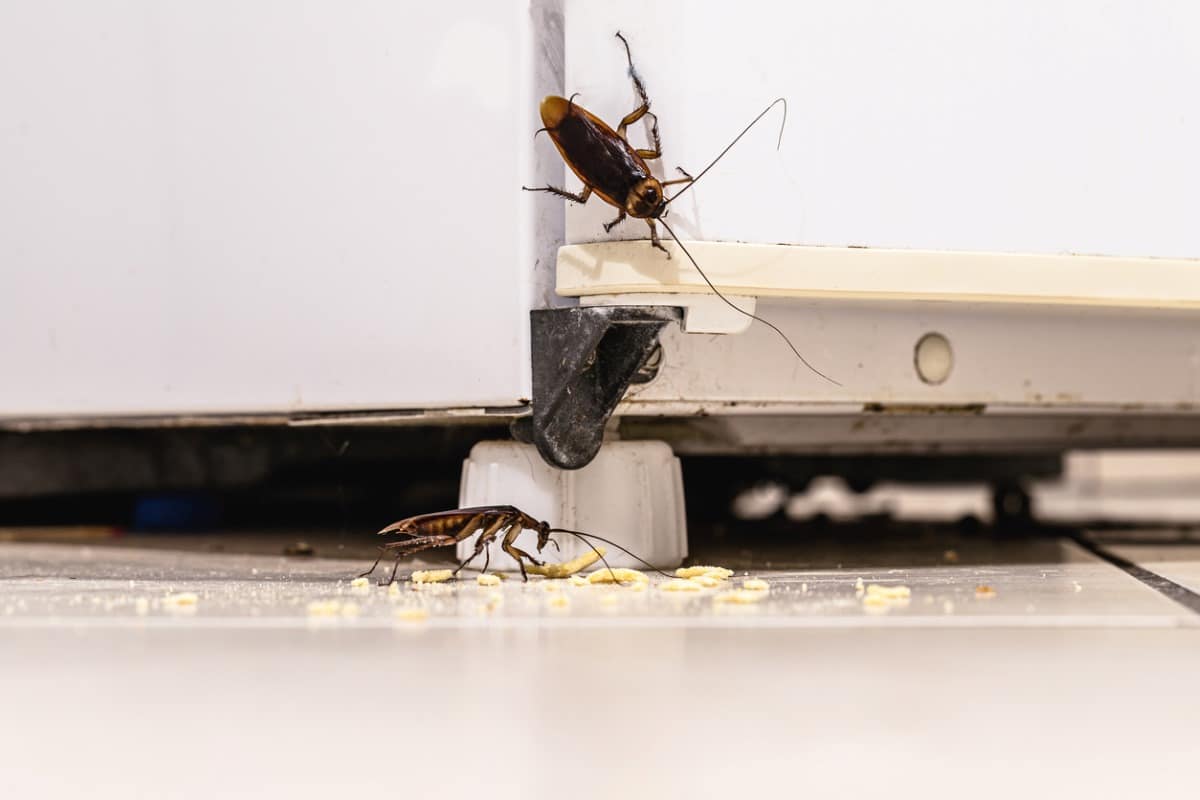
Boca Raton is known for its sunny weather, coastal charm, and beautiful landscapes. Residents here enjoy the warmth. However, cockroaches also thrive in the same conditions. These pests are notorious survivors, and they can be active most of the year. Thus, they can be an ongoing concern for homeowners.
Cockroaches thrive in warm, humid environments. That is why Boca Raton’s climate is perfect for them. South Florida rarely sees temperatures low enough to slow roach activity. The high humidity also makes them comfortable, so their populations can grow rapidly indoors and outdoors. With no harsh winter to keep them in check, cockroaches remain a year-round challenge for local property owners. Sadly, cockroaches are unsightly and can pose health risks. Their droppings, shed skins, and saliva can trigger asthma and allergies. They also carry bacteria that can contaminate food and kitchen surfaces. You can learn more about why roaches are a year-round issue in the city below:
Why Cockroaches Invade Homes and Businesses
Cockroaches enter buildings in search of food, water, and shelter. They can easily find these needs year-round in Boca Raton. The presence of crumbs, standing water in sinks, and clutter allows them to survive all year long. Restaurants and hotels are especially vulnerable, as even the smallest oversight can attract large infestations. Residential homes are also at risk due to the presence of food and moisture.
Infestations Grow Rapidly
A female German cockroach can produce hundreds of offspring in one year. These pests don’t take seasonal breaks, so … Read More



